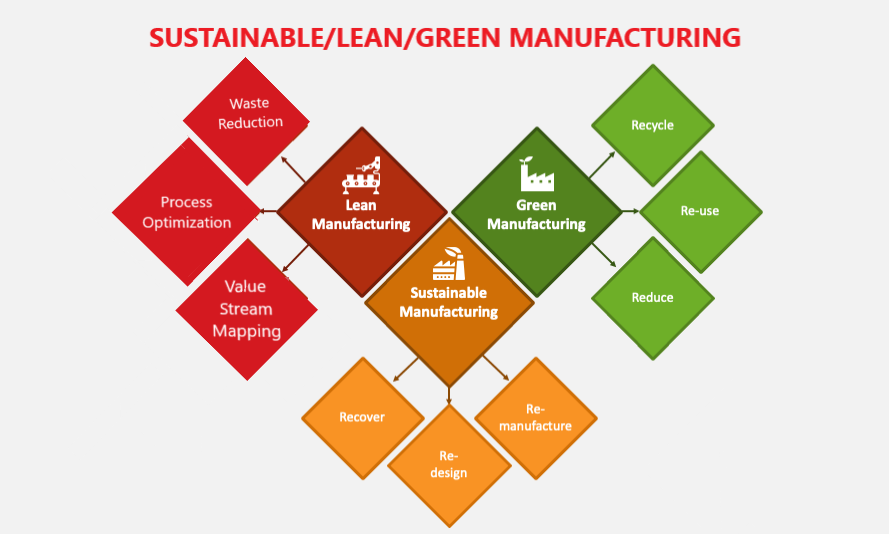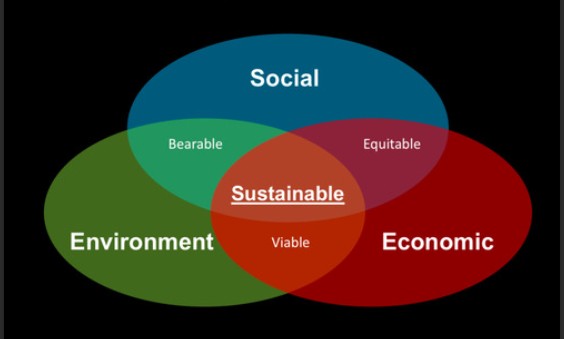Green Manufacturing: Building a Cleaner and Smarter Industrial Future
Green Manufacturing emphasizes environmental responsibility across the production lifecycle. By applying the 3Rs (Reduce, Reuse, Recycle), adopting renewable energy, and leveraging cleaner technologies, manufacturers can reduce environmental impact while maintaining competitiveness.
What is Green Manufacturing?
Green Manufacturing is the practice of designing and operating manufacturing processes that minimize environmental harm. It focuses on resource efficiency, pollution prevention, and creating products designed for sustainability across their lifecycle.
The 3Rs: Reduce, Reuse, Recycle
- Reduce — minimize raw material, energy and water consumption
- Reuse — design components and systems to be reused or refurbished
- Recycle — convert waste into materials for new production
Technologies Driving Green Manufacturing
- Automation & Robotics — increase precision and lower waste
- AI & IoT — monitor energy use and optimize equipment
- Additive Manufacturing — reduce material waste via layer-by-layer production
- Renewable Energy Integration — solar, wind, biomass, and waste-to-energy
Benefits
- Lower operational and energy costs
- Improved regulatory compliance and reduced risk
- Stronger brand reputation and market differentiation
- Better workplace health and community relations
Green + Lean + Sustainable
Green Manufacturing is the environmental pillar of a broader sustainable strategy. When combined with Lean (efficiency) and lifecycle thinking (sustainability), manufacturers create resilient, profitable, and low-impact operations.
Practical Actions to Start
- Audit energy and material flows to find reduction opportunities.
- Pilot renewable energy projects (solar rooftop, heat recovery).
- Design for disassembly and recyclability in new products.
- Use digital monitoring to track and reduce emissions and waste.
Challenges
Barriers include upfront capital costs, supply chain limitations, and the need for workforce training. Yet, incentives, regulation, and customer demand increasingly support the transition to green practices.
Conclusion
Green Manufacturing is more than compliance—it's a strategic advantage. By reducing material use, reusing components, and recycling waste, industry can help build a circular economy and a cleaner future for everyone.


Leave a Comment